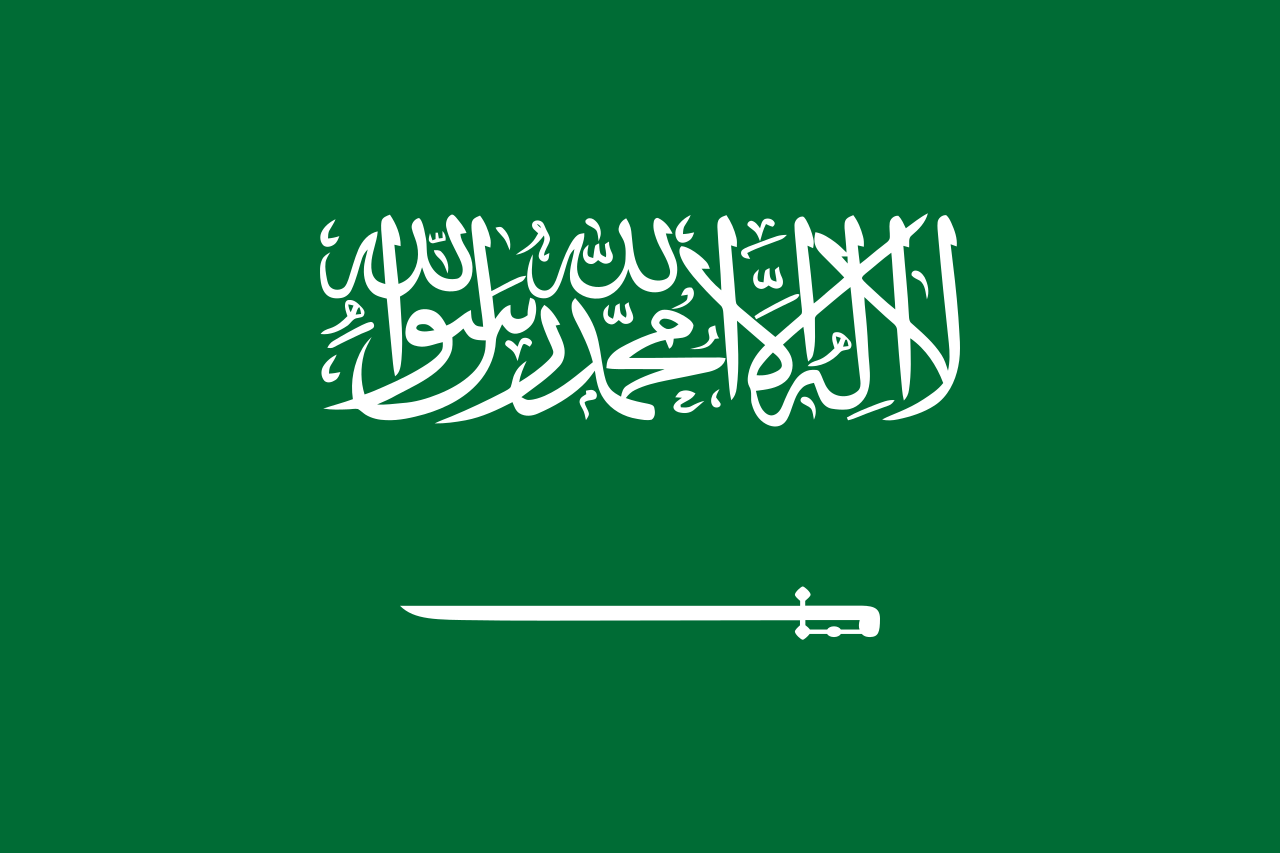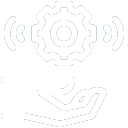Duration 5 Days
Introduction
The most common machine element found between what moves and what doesn't is an anti-friction bearing. This course introduces a maintenance employee to the basic types of bearings and common nomenclature used. Bearing installation and maintenance is discussed with a focus on preventing premature failure. The student is also trained to analyze failed bearings so a similar occurrence will not happen again.
Who Should Attend:
Those involved with lubrication, oilers and maintenance personnel, engineers and technicians engaged in equipment design, tribologist and lubrication engineers, operations, material selection, purchasing and research and development.
Course Objectives
At the end of he program participants will be able to:
- Evaluate and select appropriate lubricants for a wide variety of rolling element bearing applications.
- Choose an appropriate grease base, stiffness, base oil and additives, if needed, for proper operation.
- Choose the correct oil viscosity, delivery method (standing oil, circulating oil, air/oil, oil mist) and oil change out intervals.
- Evaluate filter effectiveness, and to select and apply appropriate filter(s).
- Troubleshoot common lubrication problems and recommend corrective actions.
Course Outlines:
- Bearing Components
- Plain Bearings
- Ball or Roller Bearings
- Cage Assembly
- Seals, Shields, Snap-rings, and Bearing Hardware
- Bearing Types and Applications
- Types of Radial Ball Bearings and Their Uses
- Types of Radial Roller Bearings and Their Uses
- Pre-mounted Bearings (Flange, Pillow Block, etc.)
- Understanding Manufacturers Identification Numbers
- ABMA Identification
- Identifying Bearing Hardware
- Internal Clearance and Bearing Application
- ABEC and RBEC Tolerances
- Bearing Installation
- The Importance of Cleanliness
- Mounting Tapered Shaft Bearings
- Proper Bearing Fits and Methods to Correct Loose Fits
- Proper Bearing Installation Using Heat, Force, and other Methods
- Tribology
- The cause of friction, heat, the result of friction, what causes wear
- The types of lubrication:
- fluid and hydro-dynamic lubrication
- boundary lubrication
- The characteristics of the lubricant under different operating conditions e.g. material surfaces, temperature conditions, load and viscosity of the lubricant
- Different types of lubricants for different applications
- The Properties Of Lubricants
- Viscosity
- Flashpoint and Volatility
- Oxidation and thermal stability
- Demulsibility
- Foaming and gas solubility
- Corrosion prevention
- Compatibility
- Lubricating Oil Additives
- Oxidation inhibitors
- Rust and corrosion inhibitor
- Pour point depressants
- Viscosity inhibitor (VI) improvers
- Anti-wear additives
- Extreme pressure (EP) additives
- Anti-foam additives
- Detergents and dispersants additives
- Demulsifiers and Emulsifiers
- Tackiness additives
- Types Of Lubricants
- Greases And Grease Lubrication
- Grease characteristics
- Lubrication grease classification
- Choice of grease
- Grease types and performance
- Grease application and trouble-shooting
- Roller bearing lubrication
- Hydraulic Systems And Fluids
- Hydraulic systems
- Viscosity of the lubricant
- Chemical stability
- Fire resistance
- Anti-wear
- Anti-rust
- Anti-foam
- Miscellaneous Lubrication
- Steam Turbine Pumps and Motor Lubrication
- Air Compressor Lubrication
- Lubrication Systems Filtration
- Contamination fundamentals
- Contamination generation
- Cleanliness control
- Filter fundamentals
- Filter performance and testing
- Flashing
- Conditions Assessment Of Rotating Machinery
- Monitoring techniques
- Vibration analysis
- Oil analysis
- Tribology Root Causes Of Failures
- Fluid contamination control
- Leakage stability
- Fluid chemical stability
- Temperature stability
- Wear stability
- Storage
- Safety Issues
- Shelf Life
- Contamination Potential
 العربية
العربية





